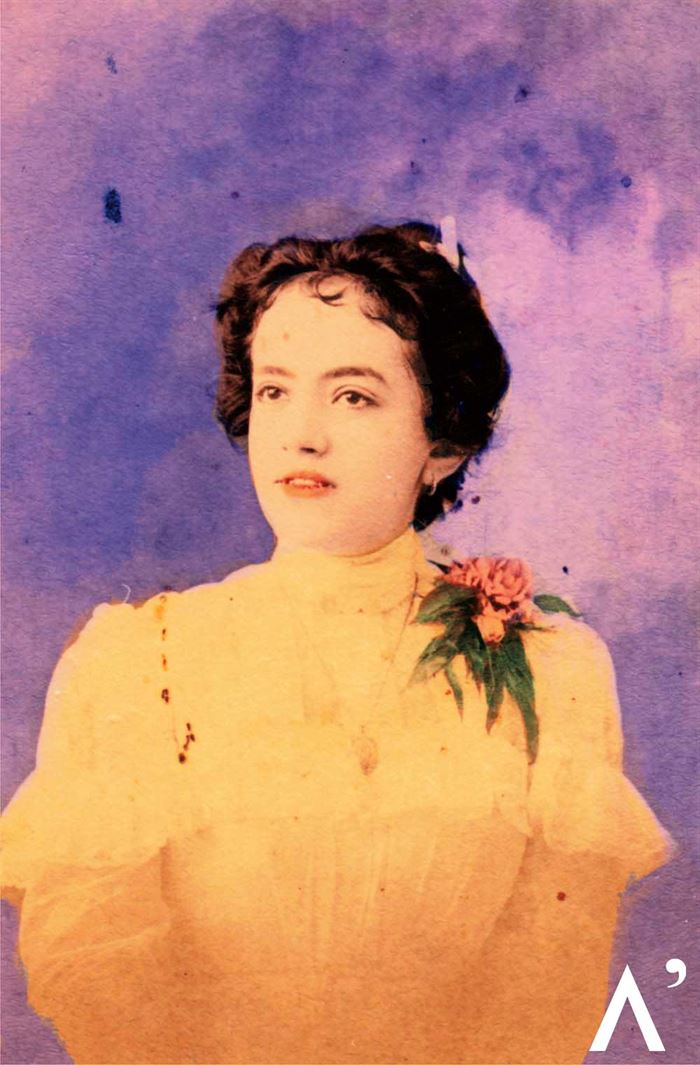As mentioned by several historians, The Baja California peninsula was an isolated and sparsely inhabited land. The Sud Californian population increased its number of residents according to space, time, specific points through history and the continuous evolution of social classes.
The city of La Paz, Baja California Sur is where this topic of interest began. While examining the page of Pablo L. Martinez historical archive, I came across several photographs that caught my attention. Without realizing it, I was analyzing them as I used to do in my university years, in classes on research methods and techniques, history of repositories, archives and libraries, multiplicity of sources for history, art history, introduction to art history research, the classes where I learned to develop the practice of researching and the sense of questioning.

Revising several portraits of women with different ages, ranging from 1900 to 2009, however, I only focused on the years from1905 to 1913 because I realized that at that time there are more photographs of women from La Paz. I examined their attire, pose and scenography; I also compared them with other photos I found with simpler clothing, although -at times-it was difficult notice due to the deterioration of the image and the similarity of the clothes. I was interested in finding out more about these elite women from La Paz.
During the government of Porfirio Díaz, the capital city of Baja California Sur was La Paz. This president had an admiration for France due to this place was considered the capital of the world. His fascination for the sophisticated French-style was evident in the urbanism of some places in Mexico. Although, there are some historian opinions affirming that due to the political and economic difficulties that independent Mexico went through at that time, the French influence was not fully felt until the Porfiriato.
Without going into too much detail about the buildings, planning, and organization; Baja California has stood out for its geographical distance. In past times, the link was more complicated with the interior of the country, but not impossible thanks to all the different methods of land and maritime communication. The cultural life of this peninsula is acquired during the Porfiriato (1876 – 1911) with great French influence present in the buildings, fashion and even the gastronomic culture.

About fashion. The images that I analyzed are of women photographed among 1905 to 1913, they were part of the upper class. I noticed that due to their attire, accessories, and shoes. The elegant fabrics were exclusively for wealthy women, the hairstyle along with the headdress and some hats are the characteristic of the Paceña high society.
So, complementing the scanning, these ladies were enrolled in the school all girls of Mrs. Encarnacion A. Cervantes where they were taught reading, writing, arithmetic, grammar, music, historical catechism, rules of civility and sewing. All for a woman dedicated to home. Once married, she put into practiced what she had learnt in classes by taking charge of managing the money and she was the one who saw how to support the household with servants, food, fabrics, jewelry, the cost of a piano and animals breeding.
The custom was walk arm in arm with her husband through the Velasco’s Garden, the main stage for public festivities, regardless of social contrasts. Thursdays and Sundays were days for musical events, serenades, outdoor festivals, carnivals, and political rallies. In the year of 1907, it was a tradition to see the fireworks of the September 16th celebration, and there were canteen stands, raffles, banks, restaurants, and breweries run by social ladies.
The attire was the essential. Talking about that in one of the newspapers of the time, it was noted the following: In the elegant soirée, silk, muslins, laces and fine valencieus, rich te-gorons, seasonal outfits: fashion whims that came mainly from the French capital, and that could be found in La Perla de La Paz and La Torre Eiffel stores that were distinguished by their importing character.






